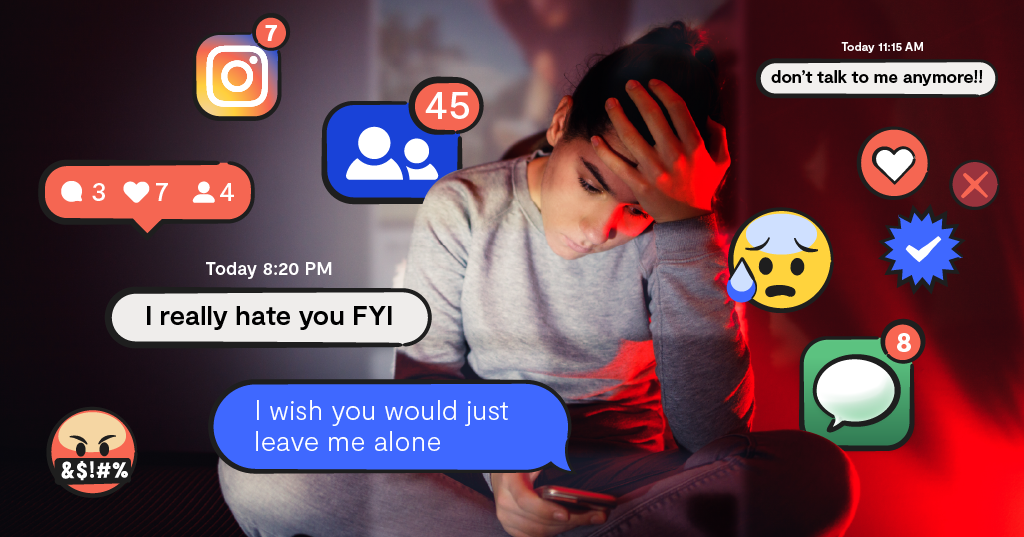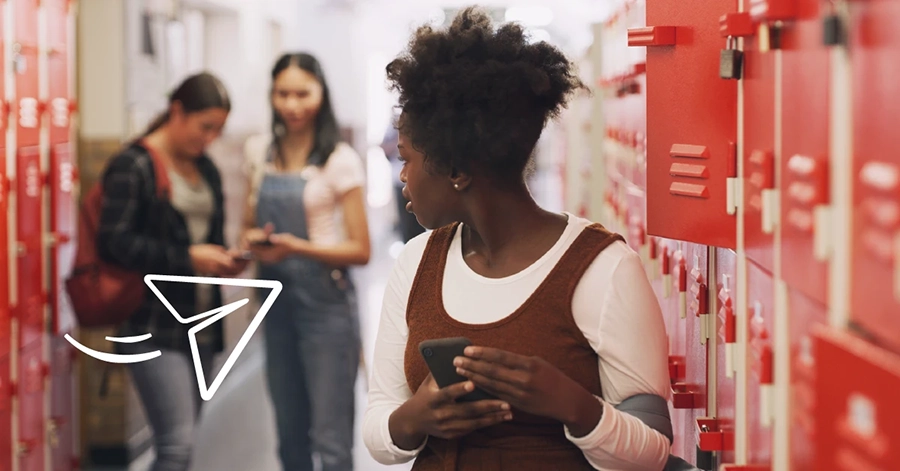
Cyberbullying is a rising concern, and it’s one that typically has no real legal repercussions – especially among minors. The best way to prevent the consequences of cyberbullying, like depression and sometimes even suicide, is to understand how and why kids do it. Here are some of the ways teens use Instagram to cyberbully others, and a look at why bullying happens.
1. Create Fake Accounts to Impersonate Their Targets
Some kids create fake Instagram accounts, called “finstas”, to impersonate their targets. It’s simple enough to do, especially if those victims regularly post photos to other social media sites (ie. Snapchat), the target’s real Instagram account, or share them in group chats via text message. The cyberbully simply downloads the victim’s photo and uses it to create a fake account. They can then say or do a variety of things to harm the reputation of their target. Fake accounts go against Instagram’s terms of use and can be reported using Instagram’s built in reporting system, even people who do not have Instagram accounts can file a report. Children who are targets of reputation cyberbullying benefit from the support of their parents and peers to deal with the emotional side effects.
2. Cruel Comments
Teens are at an age where their self-image is still developing. Keep in mind that the frontal lobe (the impulse control and decision-making part of the brain) is not fully developed until their early 20s. Additionally, they’re trying to discover who they are and who they want to be as adults, but don’t always know how to express this. Cyberbullies often go to great lengths to harm their targets’ self-esteem, including leaving cruel and demeaning comments on selfies and other photos. Sometimes, these comments are lies designed to make kids look bad in front of peers and harming reputations.
3. Captioning Other Photos
There have been reports of cyberbullies uploading explicit or even pornographic photos and tagging unsuspecting targets in them. Unfortunately, this can not only be embarrassing, but leave lasting scars. The bully will sometimes attempt to lead others to believe the photo is of the target. They caption someone else’s photo with a negative or hurtful sentiment to imply it is the target. This subversive form of cyerbullying, called shading, may not even name the target. However, it is done in such a way that anyone who knows the target knows it’s about them.
4. Being Malicious
Cyberbullies often pose as friends to their targets to gather information to use to bully later. For example, cyberbullies may befriend their targets and use the opportunity to take incriminating photos at parties or create embarrassing photos with Photoshop or other photo editing software. The cyberbully then uploads the picture to mortify their targets. They are looking for engagement from either bystanders or the target and are bolstered by the attention from the ensuing drama. Cyberbullies often go after kids they know and perceive as being weak or having low-self esteem.
Why Does Bullying Happen? And How to Stop It
Cyberbullying is heartbreaking and can leave a negative impact on the targets. Unfortunately, social media gives kids plenty of options for anonymous bullying. Be your child’s support system. Let them know cyberbullying is unacceptable and not their fault. Figure out a response together to empower your child to deal with the cyberbullying and bolster their self esteem. The best response is to disengage with the bully, take a screenshot of the message, and be sure to report all instances of cyberbullying to the social media platform. If the cyberbullying continues, report it to the authorities as harassment. If your child is the one doing the bullying, they may need some counseling to pinpoint the reasons why they feel the desire to make others feel bad about themselves.
Cyberbullying is a problem, and it’s one that continues to grow. More and more kids report being cyberbullied every single day. It’s up to us, as engaged parents, to understand why bullying happens, and to talk to our kids about cyberbullying and help keep them safe. Use Bark monitoring to keep your kids safe. Bark monitors online interactions for you, if our algorithms detect these instances of cyberbullying, we send you an alert.
Read more
Bark helps families manage and protect their children’s digital lives.






